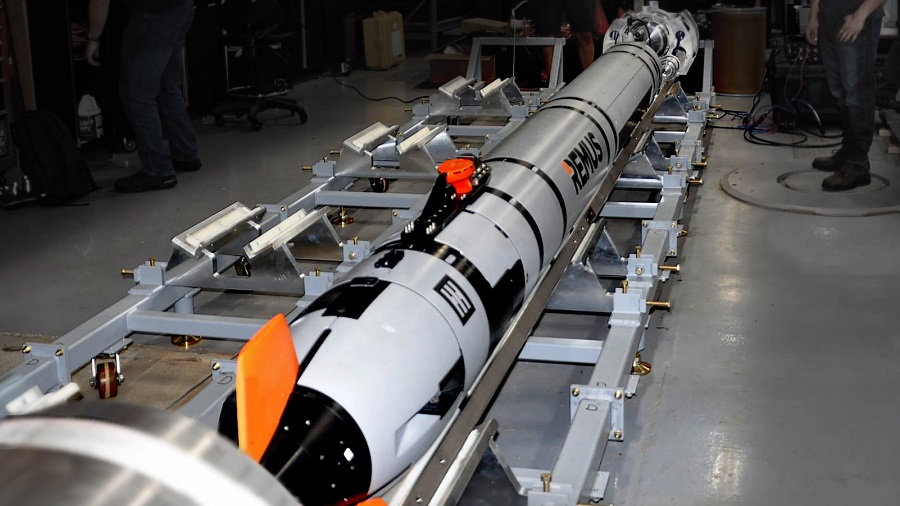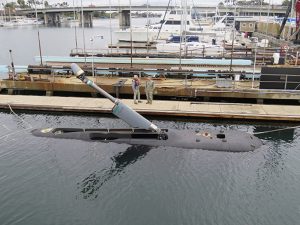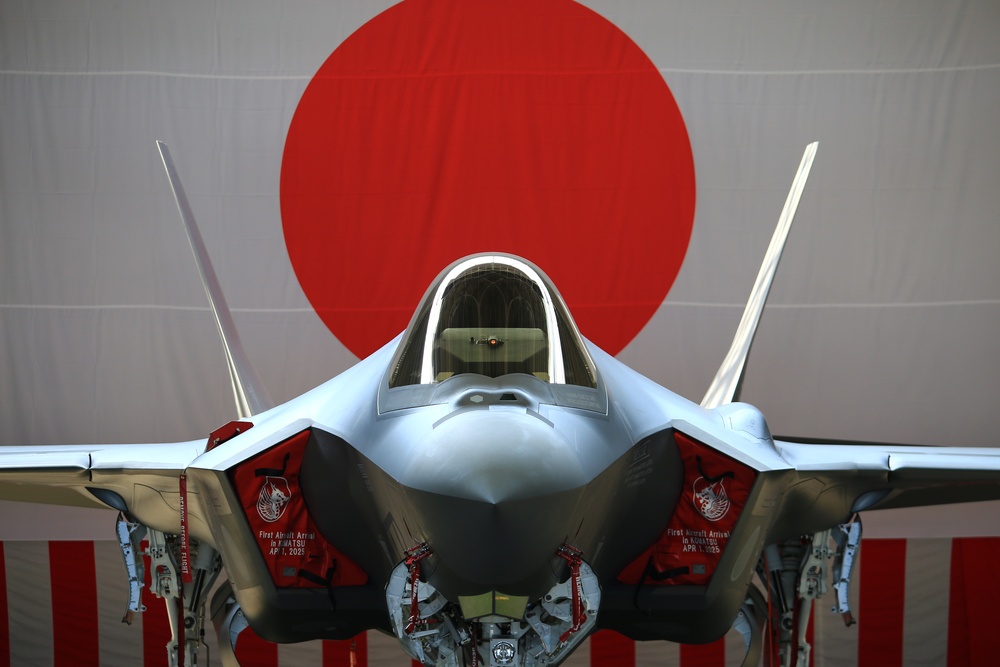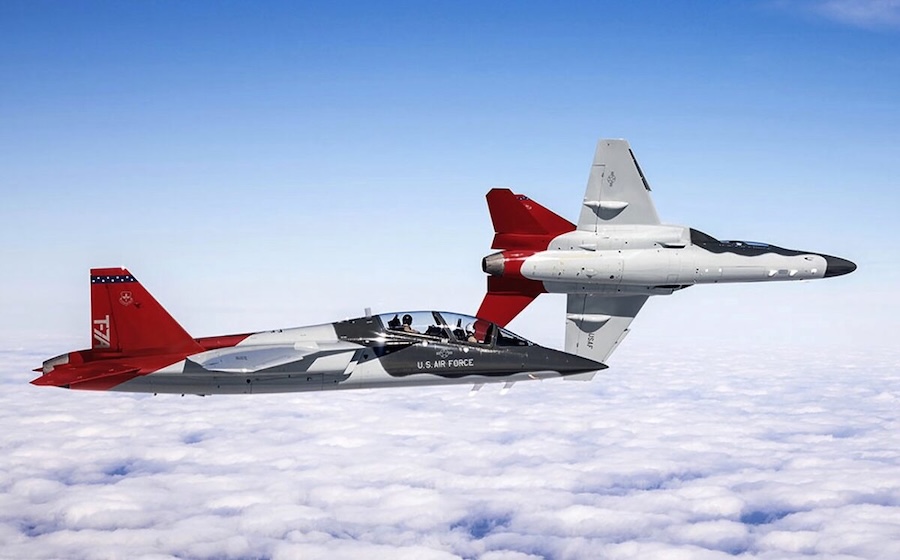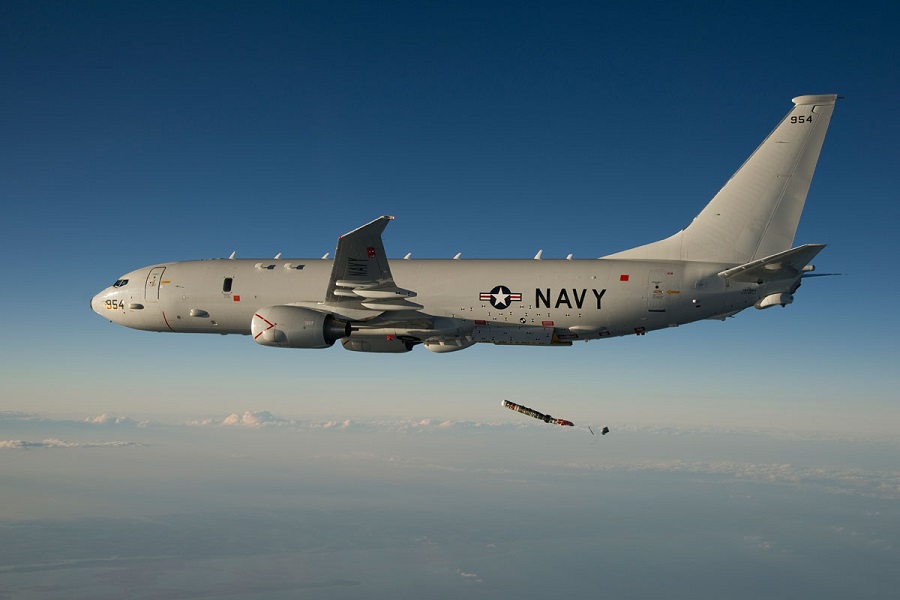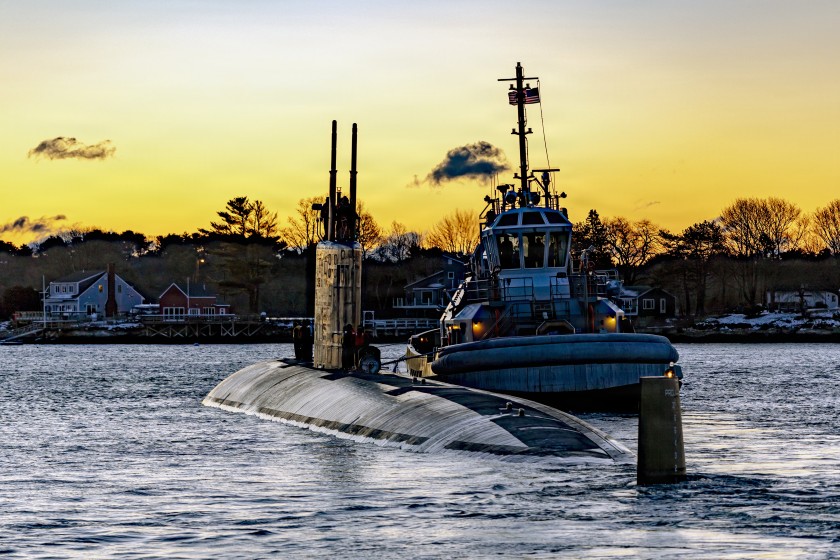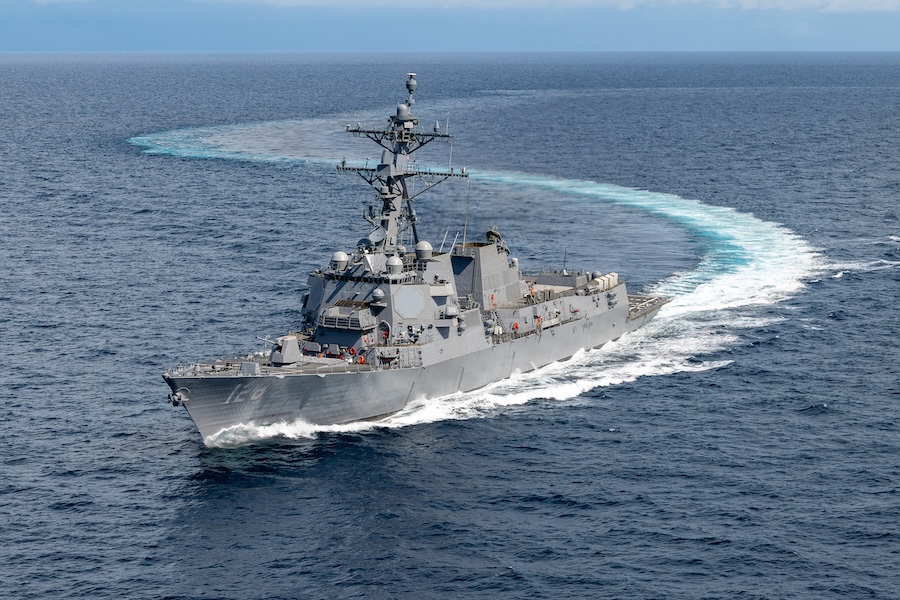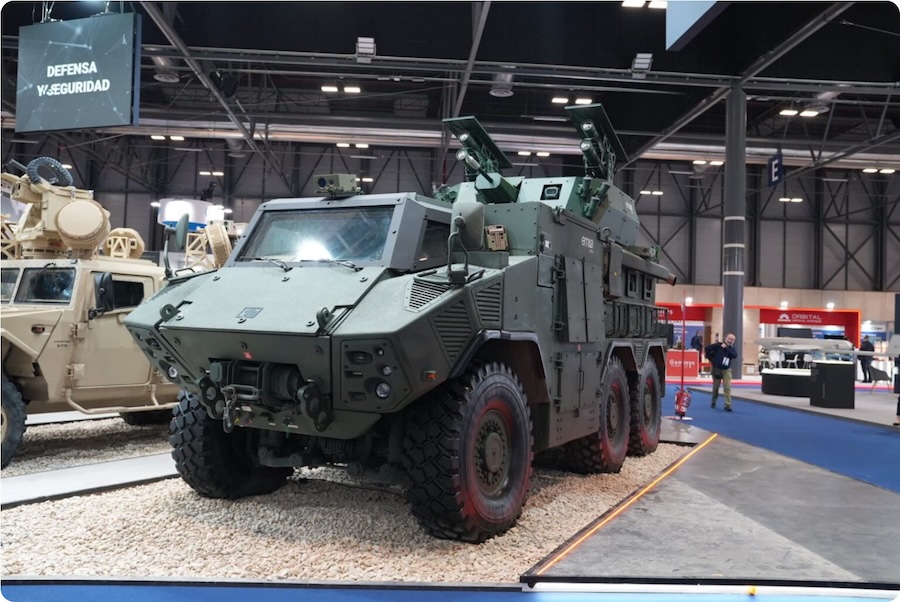“This clears the way for continued testing in advance of an in-water end-to-end launch and recovery at a U.S. Navy test fixture facility later this summer,” said Adrian Gonsalves, HII’s REMUS 620 product lead. The testing was conducted at the Virginia-class Cradle Payload Integration Facility (VCCPIF) using the Mk71 torpedo tube.
Rick Thornton of NUWCDIVNPT stated, “Our team appreciated the early coordination with HII and WHOI. The REMUS 620 team arrived ready to go, and all events were executed safely and efficiently with good information exchange throughout.”
HII’s REMUS 620, a next-generation medium uncrewed underwater vehicle (MUUV), was integrated with WHOI’s Yellow Moray docking system for this evaluation. The system successfully completed a full end-to-end dry checkout of the Autonomous Underwater Vehicle/Shock and Fire Enclosure Capsule (AUV/SAFECAP) “All-Up Round” (AUR).
This latest milestone follows the USS Delaware (SSN 791) conducting the first forward-deployed launch and recovery of a UUV using a Yellow Moray-equipped REMUS 600 via torpedo tube. That submarine was also constructed by HII.
HII continues to support the U.S. Navy’s efforts to expand undersea capabilities through advanced REMUS technologies. These vehicles provide extended mission range, lower detection risk, and reduce personnel exposure when deployed independently or alongside crewed platforms.
The REMUS family is known for its modular, open-architecture design, enabling rapid payload integration and future technology updates. This flexibility contributes to operational relevance and long-term cost efficiency.
More than 700 REMUS vehicles have been delivered to over 30 countries, including 14 NATO allies. Over 90% of the units delivered in the past 23 years remain operational, demonstrating their durability and value in defence applications.




